Summer residents plant honeysuckle on the sites, because it is unpretentious, and it’s easy to monitor it. Amateur gardeners plant different varieties of this plant in gardens and flower beds, but the most common are honeysuckle and Tatar honeysuckle. A good crop depends on how to cut the honeysuckle in the fall. For this purpose, observe the deadlines and take into account the features of autumn pruning. The berries of the bush are unusual in taste, have useful properties. Substances in the fruits have a positive effect on the heart and blood vessels of a person: they become stronger, and the pressure normalizes.
Content
- 1 Features of care for honeysuckle in the fall
- 2 Features of honeysuckle haircuts
- 3 Rules for autumn work
- 4 Honeysuckle top dressing
- 5 Why do we need rehabilitation measures
- 6 How to rejuvenate a honeysuckle bush
- 7 Digging the earth
- 8 Shelter for the winter
- 9 Features of preparing bushes for winter in different regions
- 10 Mistakes in the care of the bushes and their preparation for winter
- 11 Tips for summer residents
- 12 Finally
Features of care for honeysuckle in the fall
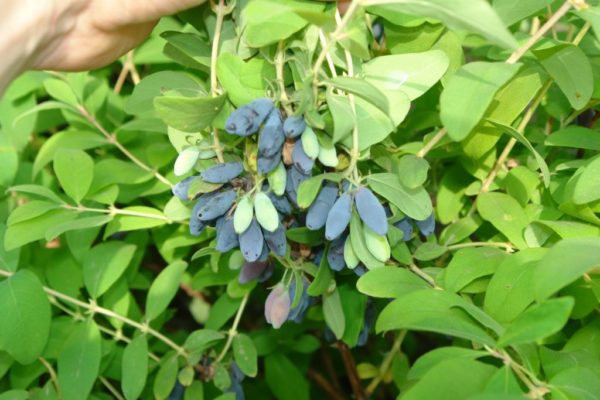 Gardeners plant several varieties of plants. One of them is a low edible shrub. Due to cross-pollination, it is necessary to grow more than 2 bushes of different varieties on the site. This plant tolerates severe frosts down to -35 ° C.
Gardeners plant several varieties of plants. One of them is a low edible shrub. Due to cross-pollination, it is necessary to grow more than 2 bushes of different varieties on the site. This plant tolerates severe frosts down to -35 ° C.
Another type of honeysuckle - climbing vine - honeysuckle. For several years, the plant encircles a fence about 5 m high, creating the effect of a vibrant green flowering hedge. These bushes do not survive winter cold so well, so they need shelter.
Regardless of the difference, the care of the bushes is almost the same.
Features of honeysuckle haircuts
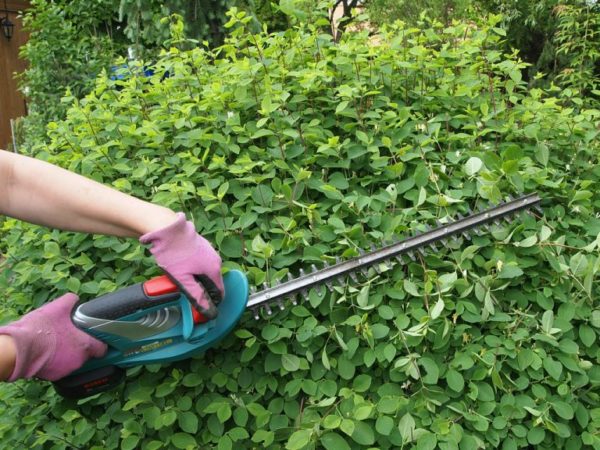 Shrubs do not need special care methods, but pruning it is important so that the bushes do not thicken. Ornamental plants are sheared in order to give them a neat appearance. Edible honeysuckle is cut in the fall, so that there is a good harvest, and the berries become larger and sweeter.
Shrubs do not need special care methods, but pruning it is important so that the bushes do not thicken. Ornamental plants are sheared in order to give them a neat appearance. Edible honeysuckle is cut in the fall, so that there is a good harvest, and the berries become larger and sweeter.
The main goals of cropping
Cut bushes not only for the general aesthetics of the garden. The procedure benefits the plants themselves. Thanks to her:
- shrubs become healthier because dry and diseased branches are removed;
- productivity rises;
- new shoots grow faster;
- there is more air inside the plant for ventilation and proper growth of branches;
- the bushes look tidier.
The purpose of pruning depends on how old the bush is. There are several trim systems:
- In shrubs, which are one year old, pruned all the stems under the root, except for a few of the strongest. The tops of the shoots are also removed so that the honeysuckle has grown thicker.
- Within 6 years, only diseased branches of the lower part of the plant are cut out.
- The bushes, which are about 8 years old, have a rejuvenating haircut. They are thinned out every 4 years.
- Old plants rejuvenate completely. Shoots are removed, giving the shrub a second life. After this, the honeysuckle form, starting from the first stage.
Pruning is healing for plants. Thanks to it, the bushes become thicker and healthier.
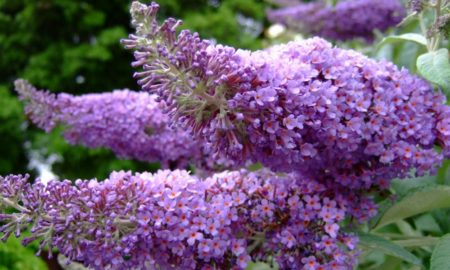 You may be interested in:
You may be interested in:When is it best to trim the honeysuckle - in spring or autumn
Honeysuckle wakes up early after winter, therefore, pruning branches in spring can greatly damage the plant. If you incorrectly calculate the time of cutting, then you can remove the fruit buds. Therefore, a better time for pruning shrubs is November. Start when the temperature is below 0 ° C and the leaves fall.
Guide - How to Cut Honeysuckle
The plant does not require annual pruning, like other garden shrubs. But, if autumn pruning is due this year, then the honeysuckle is first examined. Depending on the quality of the previous haircut, determine the depth of the upcoming. If gardeners do everything right, then further pruning can be done in 2-3 years. The condition of the shrub depends on it, so it is better to try to do everything strictly according to the instructions:
- An entire branch does not need to be deleted if only a part is damaged. Only the dried or damaged part is cut off.
- The bush must have constant access to fresh air, so the lower branches, which are very bent to the ground, must be cut off.
- If the stem does not have branches or shoots of a strange shape, then this branch is cut off completely.
- On skeletal stems, branches growing inward are removed. Because of them, smaller berries grow on the shrub.
After cutting, from the entire bush remains from 8 to 16 shoots.
Good healthy shrub stalks can easily be broken or damaged, so you need to remove the branches very carefully.
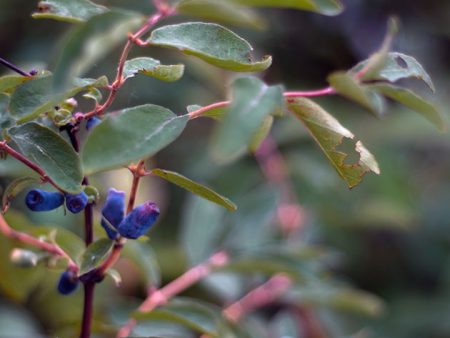 You may be interested in:
You may be interested in:Features of cutting old and young shrubs
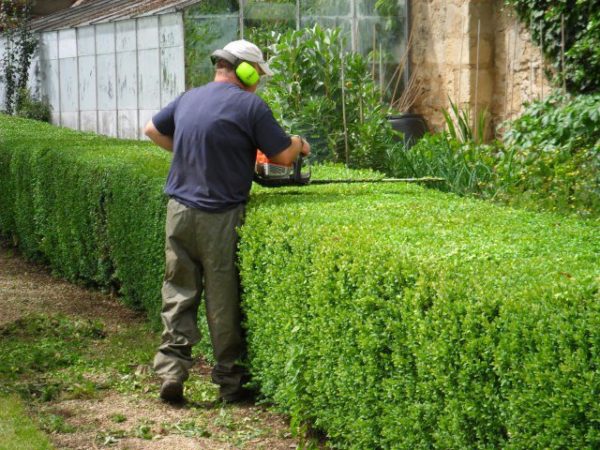 The process of trimming mature and young plants is significantly different. Features haircuts young bushes:
The process of trimming mature and young plants is significantly different. Features haircuts young bushes:
- recently planted honeysuckle bushes are recommended not to be pruned: this slows the growth and development of the plant and prevents the formation of young buds;
- shrubs that are under 5 years old are pruned in a gentle manner: only dried, damaged and growing stems in the center. This will allow sunlight and moisture to penetrate into the shrub, contributing to uniform growth.
The old bush can be rejuvenated by removing the old branches or completely cutting the bush to the ground. All shoots above 35-40 cm are also disposed of. Anti-aging haircut is carried out after the leaves fall. In the future, new shoots will grow.
Honeysuckle Honeysuckle - pruning in autumn
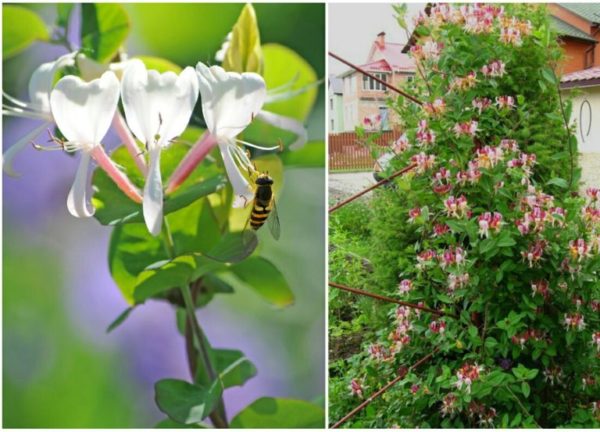 Honeysuckle is a decorative variety of honeysuckle that braids around the fence, forming a hedge of flowering lashes of the bush. It looks beautiful, so landscape designers often use this flower in the garden when planting. Honeysuckle is trimmed for rejuvenation and to give the right direction for growth.
Honeysuckle is a decorative variety of honeysuckle that braids around the fence, forming a hedge of flowering lashes of the bush. It looks beautiful, so landscape designers often use this flower in the garden when planting. Honeysuckle is trimmed for rejuvenation and to give the right direction for growth.
This honeysuckle grows very quickly. Therefore, the honeysuckle is cut in the fall, removing dried and broken shoots. They also remove those branches that are knocked out of the fence and violate the planned design plan.
Rules for autumn work
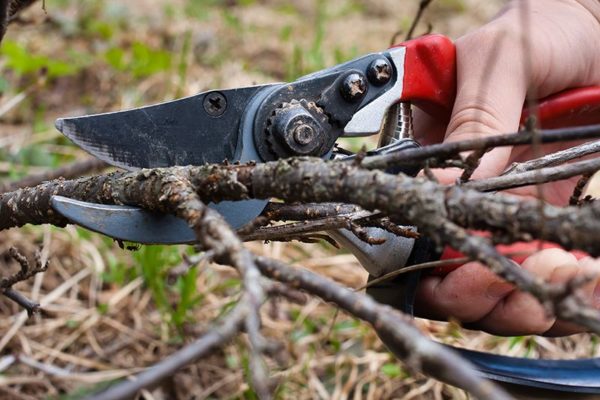 Pruning is an important step in maintenance. Gardeners are forced to abide by the rules so that the cutting process is successful.
Pruning is an important step in maintenance. Gardeners are forced to abide by the rules so that the cutting process is successful.
- Shoots that are damaged or dried out are removed only after all the leaves have fallen.
- Scheduled work is carried out only on mature shrubs. Young, recently planted plants are best left alone, as infection can be brought into the wounds.
- In mature bushes, old dry stems are pruned.
- On edible bushes, those branches that produce few fruits are removed. Shrub shoots are also recommended to be cut.
- Branches that grow from below or are completely pressed to the ground are pruned, because they only interfere with the care of the plant.
- You can not remove all the tops at once, there the honeysuckle kidneys are formed.
- In winter, skeletal branches are not recommended. Due to removal in the cold, the entire plant freezes.
- It is necessary to carefully monitor the edible varieties so that the bottom of the bush does not thaw, and the middle does not thicken.
Honeysuckle top dressing
In mid-July, the shrub begins to form the basis for the next harvest. Therefore, during this period, the plant needs to be fed, introducing organic fertilizers and mineral fertilizing. Ash is great for this. In a dry summer, the ashes are mixed with boiling water and watered with the resulting solution bushes. In rainy summers, just 1-2 glasses are poured onto the soil under the plant.
In late autumn, it is recommended to fertilize the earth with compost or humus. This gives the bush nutrients in the spring. It is better to feed decorative honeysuckle in this way every 3 years.
Why do we need rehabilitation measures
The process of cutting shrubs is a stressful event for honeysuckle. Therefore, gardeners remove the stems very carefully so as not to harm the plant. Skeletal branches are not recommended to be cut, since then the shrub comes back to normal for a long time.
All places of cuts are greased with oil-based paint or garden var. For additional care, fertilize the soil with compost or humus. Mineral fertilizing is added very carefully. If you accidentally increase the dosage, the leaves will grow faster and denser, and there will be practically no flowers. Bushes require top dressing with substances containing potassium and phosphorus, approximately every 4 years. In order not to forget when the last one was introduced, it is advisable to have a journal where all the information on plants is entered.
How to rejuvenate a honeysuckle bush
Anti-aging pruning is performed after 8 years from the time of planting. Cut the plant according to a certain pattern:
- The crown is thinned inside the bush.
- Branches that have stopped growing are cut as close to the base as possible.
- Young central stems leave.
When the old branches make up 70% or more, cut off all the tops of the shoots. But there is also a slightly tougher method, which is resorted to only in extreme cases, if the bush is very thickened, begins to hurt or is covered with moss.
- All old stems are cut to the ground.
- Form a bush of young sprouting shoots.
On edible bushes, berries form on the tops. Annual branches do not shorten, because it reduces yield.
Digging the earth
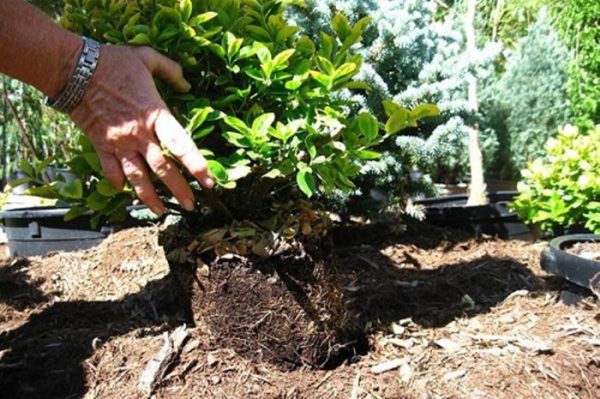 The root system of honeysuckle is located in the upper layers of the soil, so you can not dig the soil too deep. The greatest depth of cultivation is 7 cm. Pests bypass the bushes, so the fallen leaves can be left lying on the ground. After over-ripening, they serve as a separate source of plant nutrients.
The root system of honeysuckle is located in the upper layers of the soil, so you can not dig the soil too deep. The greatest depth of cultivation is 7 cm. Pests bypass the bushes, so the fallen leaves can be left lying on the ground. After over-ripening, they serve as a separate source of plant nutrients.
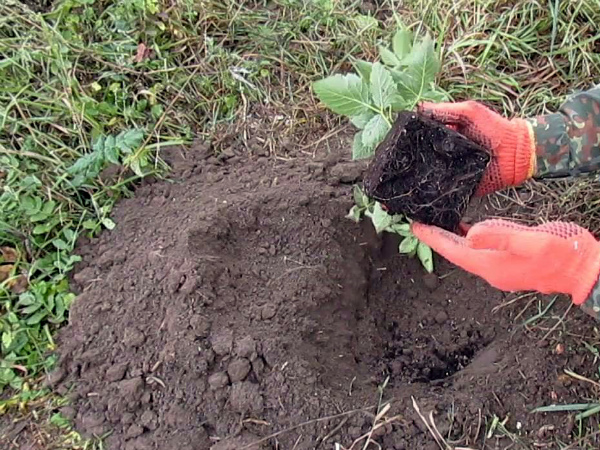 You may be interested in:
You may be interested in:Shelter for the winter
Honeysuckle is a frost-resistant plant. Its shoots can withstand quite low temperatures. Even a flowering plant tolerates cold up to -5 ° C. The edible kind of honeysuckle is not covered, it is cut, fertilized and left to winter in the open. Decorative varieties are not so hardy to survive severe cold.Therefore, they are removed from the fence, laid on the ground and covered with air-conducting material such as spruce or sawdust.
Features of preparing bushes for winter in different regions
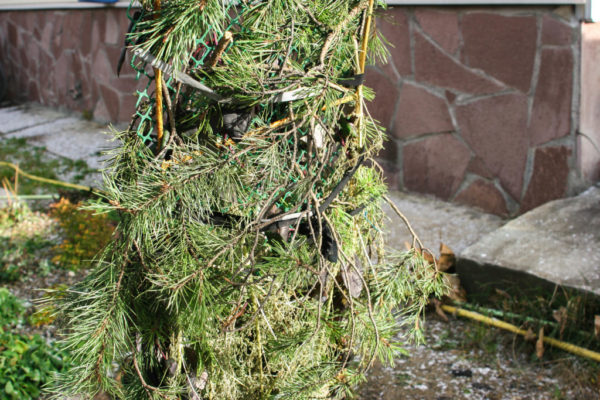 The preparation of honeysuckle for winter cold differs based on which variety grows in the garden and in which part of the country the planted plant. Even the thickness of the dressing layer is different. In the northern regions, bushes are covered not only in order to protect from severe cold, but also for safety from birds and mice.
The preparation of honeysuckle for winter cold differs based on which variety grows in the garden and in which part of the country the planted plant. Even the thickness of the dressing layer is different. In the northern regions, bushes are covered not only in order to protect from severe cold, but also for safety from birds and mice.
- The middle lane. In the suburbs, edible varieties can be left for the winter without cover. But decorative varieties, honeysuckle must be covered with mulch, because they are not so frost-resistant.
- Volga region. In this region, shrubs prepare for wintering according to the same rules as in the suburbs.
- Ural. Decorative varieties must be covered with mulch according to standard instructions. But you need to monitor the amount of snow covering the bush. If the layer is not enough, add more snow to the hill over the plant.
- Siberia. In the northern parts of the country, a large amount of snow falls, which can break the bush. To keep the branches intact, they are connected in one bundle. Shrubs protect from hungry birds with a net. And so that the mice do not damage the honeysuckle, poisonous bait is laid out in several places.
Mistakes in the care of the bushes and their preparation for winter
Gardeners make mistakes when caring for bushes, and sometimes they don’t even understand what was done wrong. The list of common errors:
- Mowing a young plant that has been planted recently.
- Pruning a large number of young shoots from which the kidneys are formed.
- Carrying out a full deep pruning of shrubs that have not yet reached maturity. The plant weakens and loses yield.
- The lack of binding of the bush after a rejuvenating haircut. As a result, the shoots are strongly pressed to the soil or damaged by the wind.
- Cutting off the excess length of young shoots when the kidneys are also removed.
Tips for summer residents
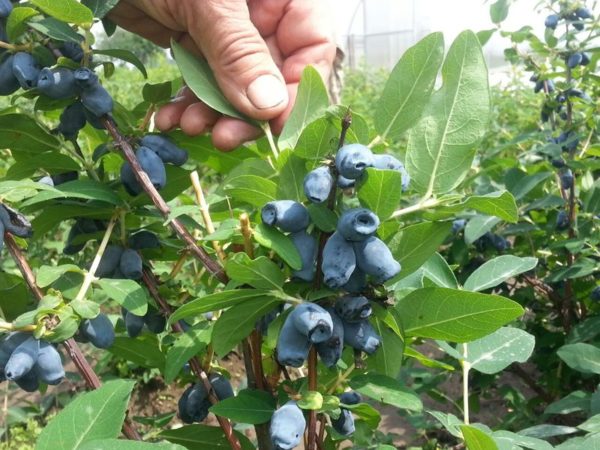 Honeysuckle Care can be facilitated by using the tips:
Honeysuckle Care can be facilitated by using the tips:
- The pruning process for plants is stressful, so the bush is fed with organic substances. It can be compost or humus. For 1 bush use 1 bucket. Potassium phosphorus substances can also be used, but be careful with them.
- Honeysuckle has cross-pollination, so be sure to plant several varieties nearby. Then the crop is big.
- If summer is hot and sunny, then the berries grow sweet. The best option for the plant is to be in the sun in the morning. A whole day to be under the scorching rays of the sun also will not lead to anything good: the berries will be very small.
- If the berries are bitter, then there are two reasons. Either this is such a variety, or the weather is sunny and warm, and the bushes receive insufficient moisture.
Finally
Honeysuckle shrubs are unpretentious in care. In autumn, the bushes are cut and spud, and in winter, if necessary, covered with a net from birds and mice. This is not problematic, but thanks to this care, the yield increases and remains good for several years. The shrub blooms very beautifully, and decorative varieties ennoble the garden.

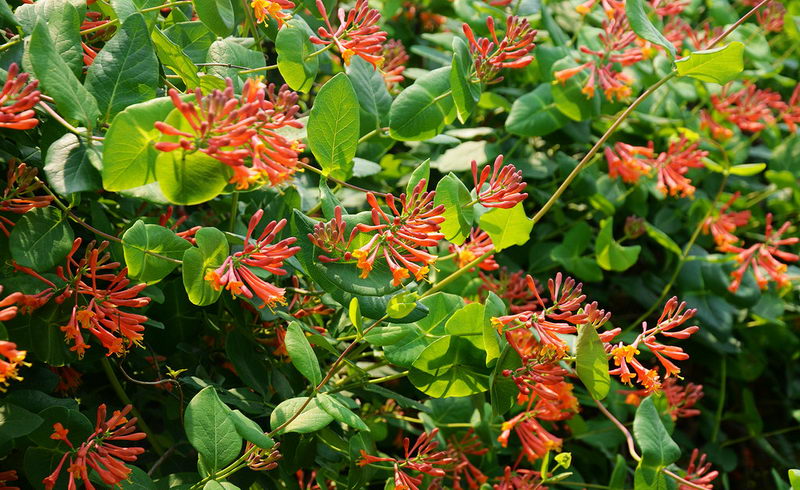
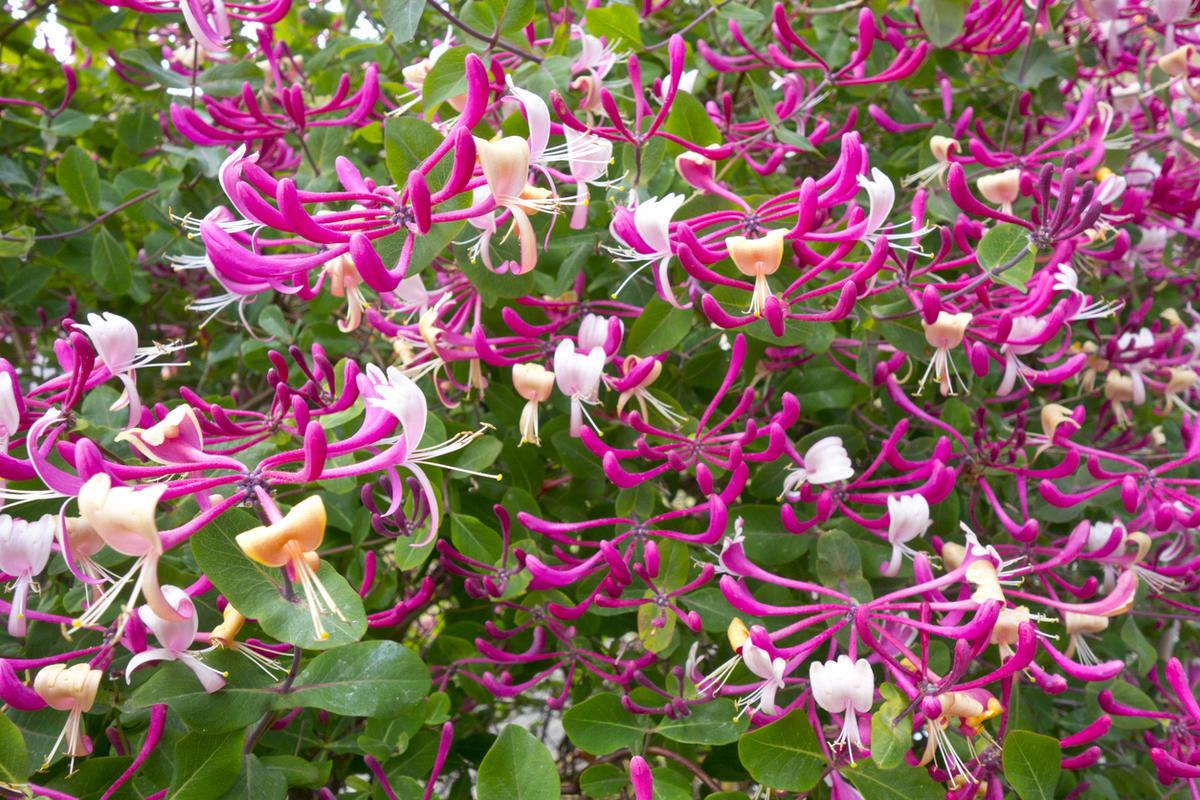
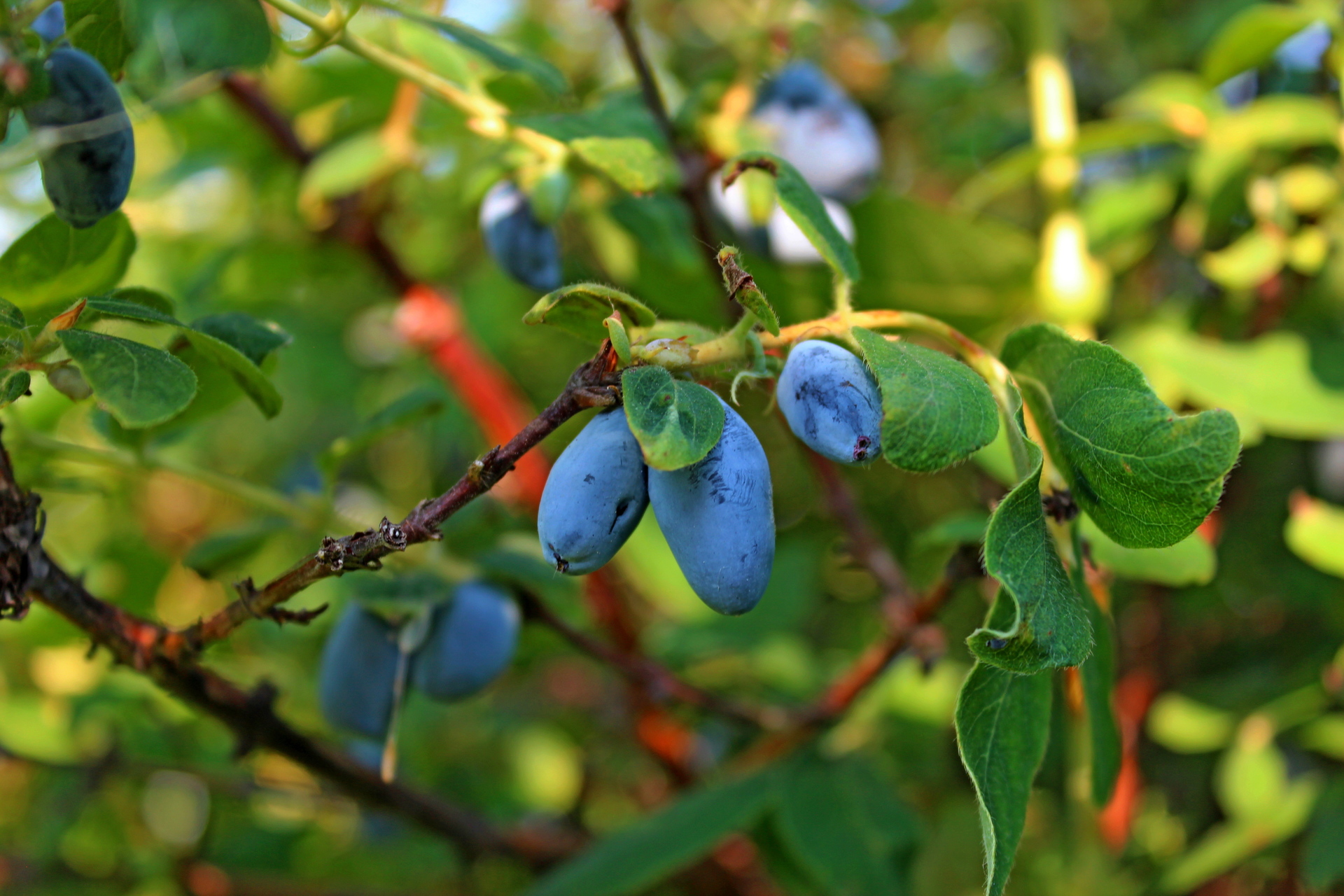
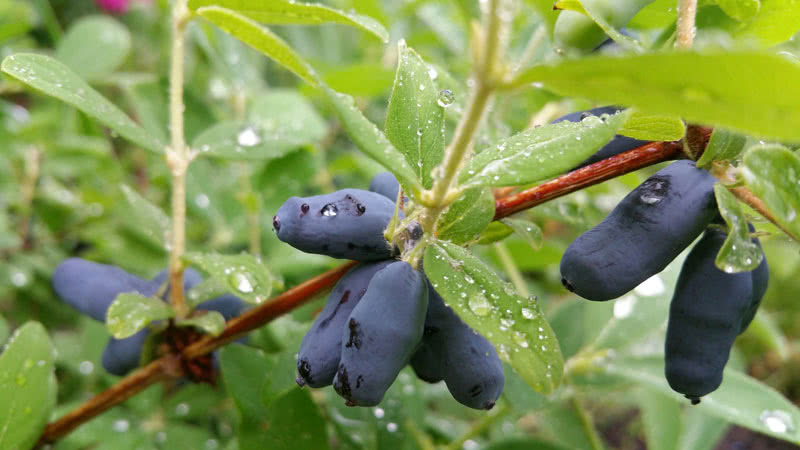 Edible honeysuckle: planting and care, methods of reproduction, disease
Edible honeysuckle: planting and care, methods of reproduction, disease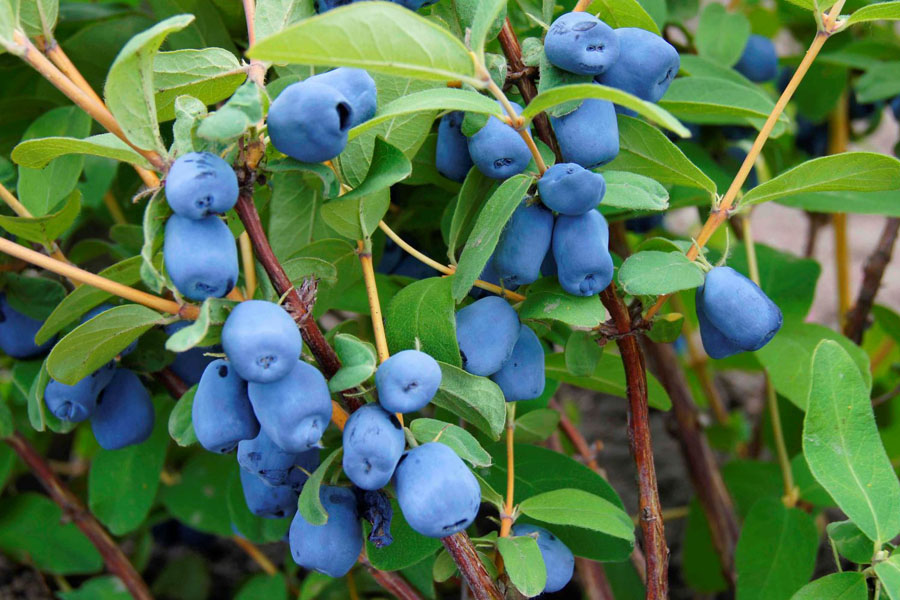 Honeysuckle pruning: when and how to do it correctly, features, patterns
Honeysuckle pruning: when and how to do it correctly, features, patterns Honeysuckle in the fall: planting and care, transplanting, breeding, shelter for the winter
Honeysuckle in the fall: planting and care, transplanting, breeding, shelter for the winter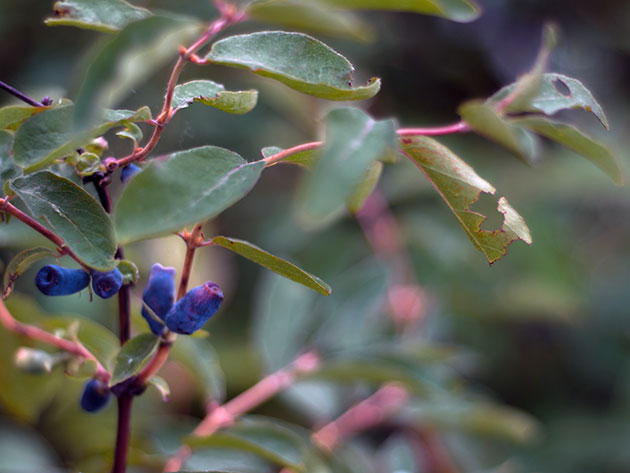 Honeysuckle disease treatment
Honeysuckle disease treatment